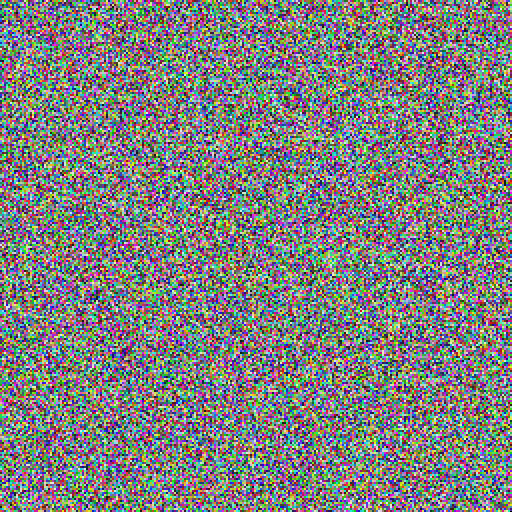
This article is about an interesting, yet forgotten sorting algorithm: the Sunrise sort. It is possibly the only one to have a rather unusual property: it is fully unstable.
Sorting has been a recurring theme on this blog, from The Incredibly Challenging Task of Sorting Colours to GPU Sorting (animation below). If sorting algorithms—especially the more “esoteric” ones—are a subject that easily captures your imagination, this is an article you definitely want to read.
And for the ones who will dare to stay till the end, you will discover what made the Sunrise sort a “forgotten” algorithm.
Continue reading




